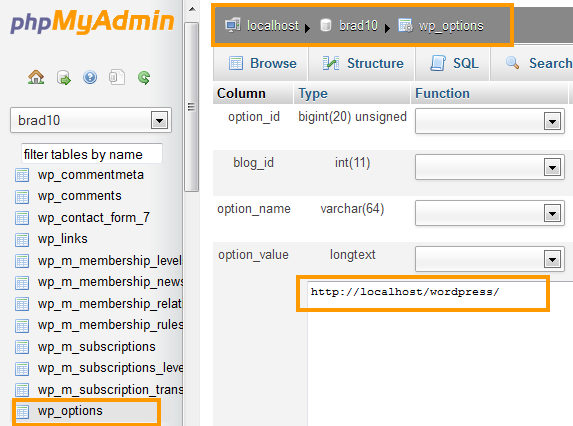

In FileZilla, the righthand panel shows your live site’s filesystem. You can do this using a File Transfer Protocol (FTP) client such as FileZilla.įirst, access your FTP credentials via your hosting account and enter them in your FTP client to connect to your server: However, it also gives you complete control over the process every step of the way.įirst, you’ll need to migrate your WordPress files from your local installation to your live server. Of the two methods we’ll show you in this guide, migrating your site manually is more difficult and does require some technical knowledge. There are a few different ways you can go about it, two of which we’ve outlined below. While localhost is a useful tool, migrating your site to a live server when it’s ready can be confusing if you’re not familiar with the process.
#Migrate mamp wordpress to a live server how to#
How to move WordPress from localhost to a live site (2 methods) In other cases, you may be using a local staging site to test new plugins, a theme change, or updates before implementing them on your live site. Local development is usually accomplished with help from a platform such as Local by Flywheel, MAMP, or XAMPP. You’ll have plenty of freedom to experiment and can take your time with the process.

To start with, you won’t have to worry about breaking the website while making changes to it. While it might seem like you’re creating more work for yourself, there are advantages to developing in a local environment. Once you’ve finished developing it, you’ll need to migrate it to a live server so that you can start attracting visitors. Let’s get started! Why you might need to move a site from localhost to a live siteįirst of all, when you use localhost to develop a website, it merely means you’ve built the site on your computer so that it’s not accessible to the public. Then we’ll show you two methods you can use to accomplish this task. In this guide, we’ll cover some scenarios where you might need to migrate your site from localhost to a live server.

Alternatively, there are tools available to make the job simpler and less labor-intensive. If you’re tech-savvy and want more control over the process, you can carry it out manually. It can be extremely frustrating to complete this final step after all the hard work you’ve already put in.įortunately, there are a few ways to migrate your website from localhost to a live server depending on your needs. However, this can be a lengthy process that potentially results in errors. You’ve put a lot of time and effort into creating your WordPress website and you’re finally ready to move it from localhost to a live site.


 0 kommentar(er)
0 kommentar(er)
